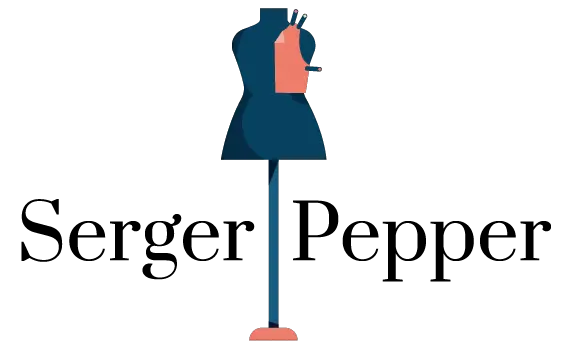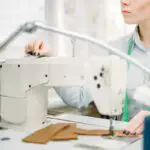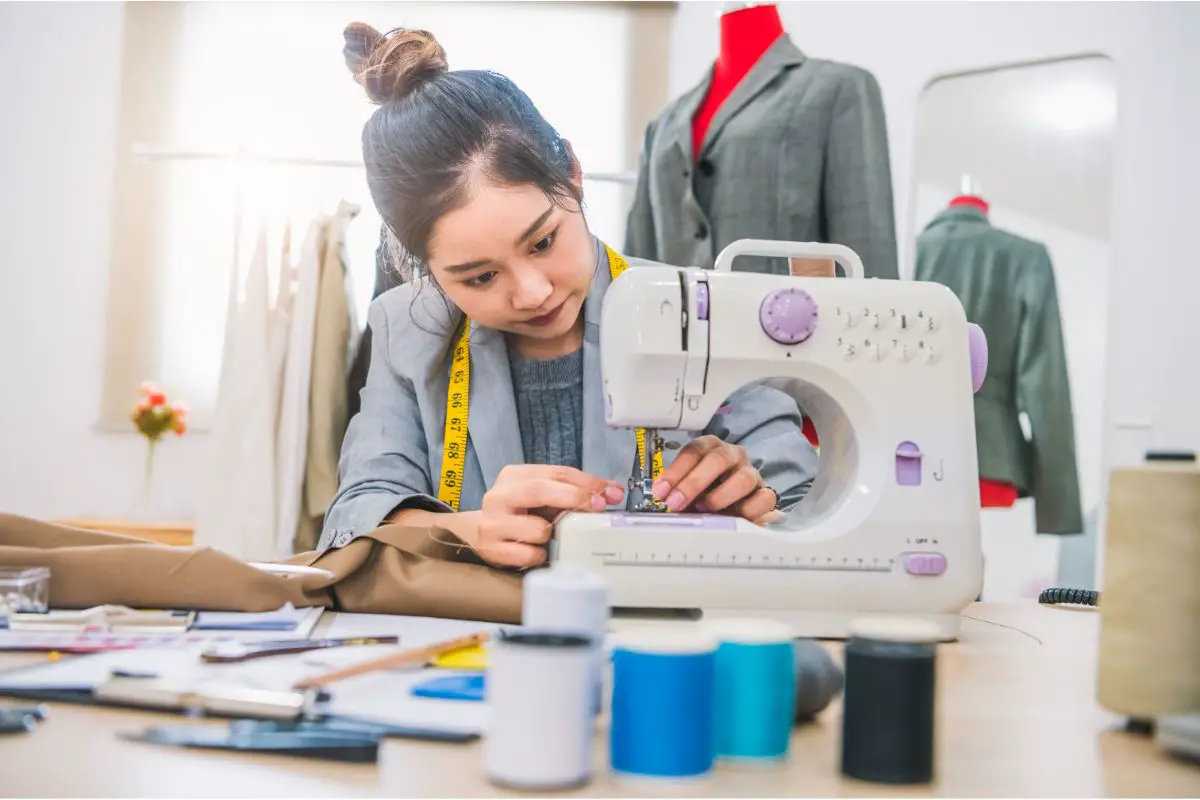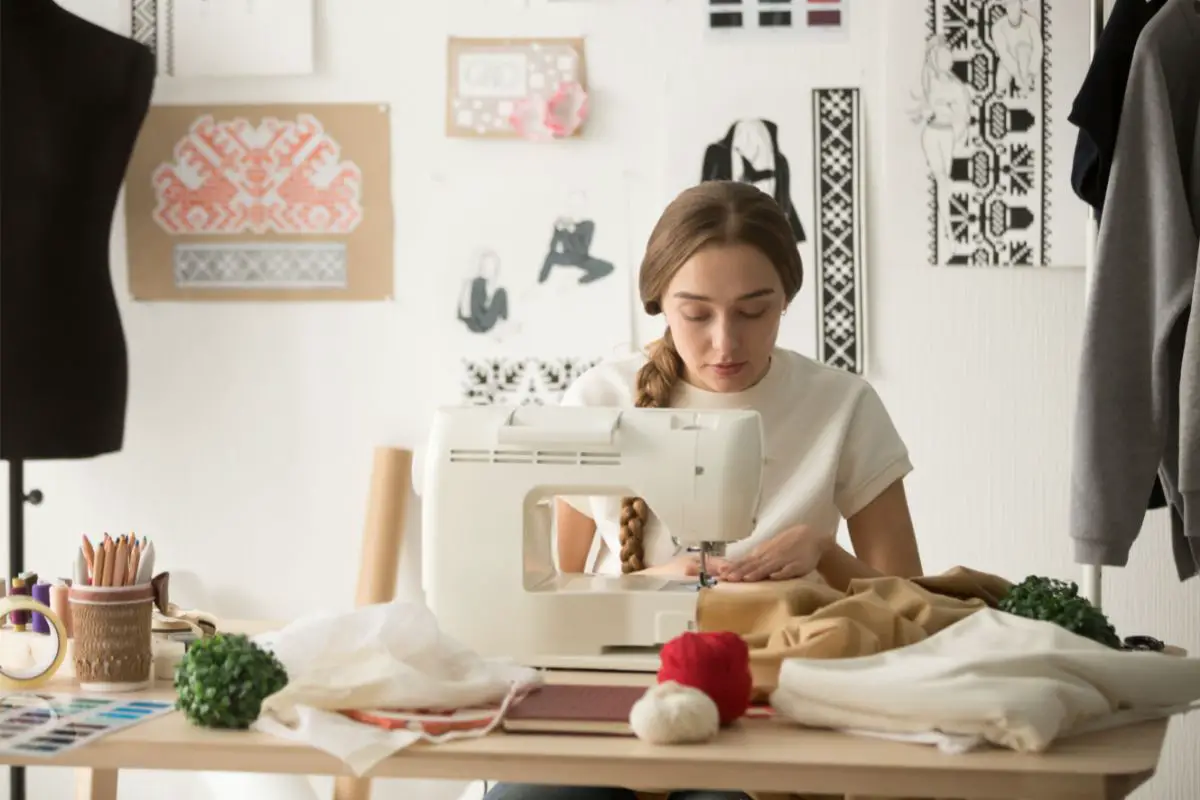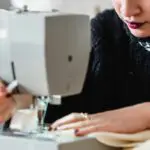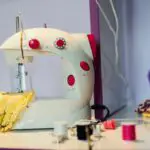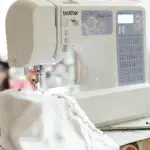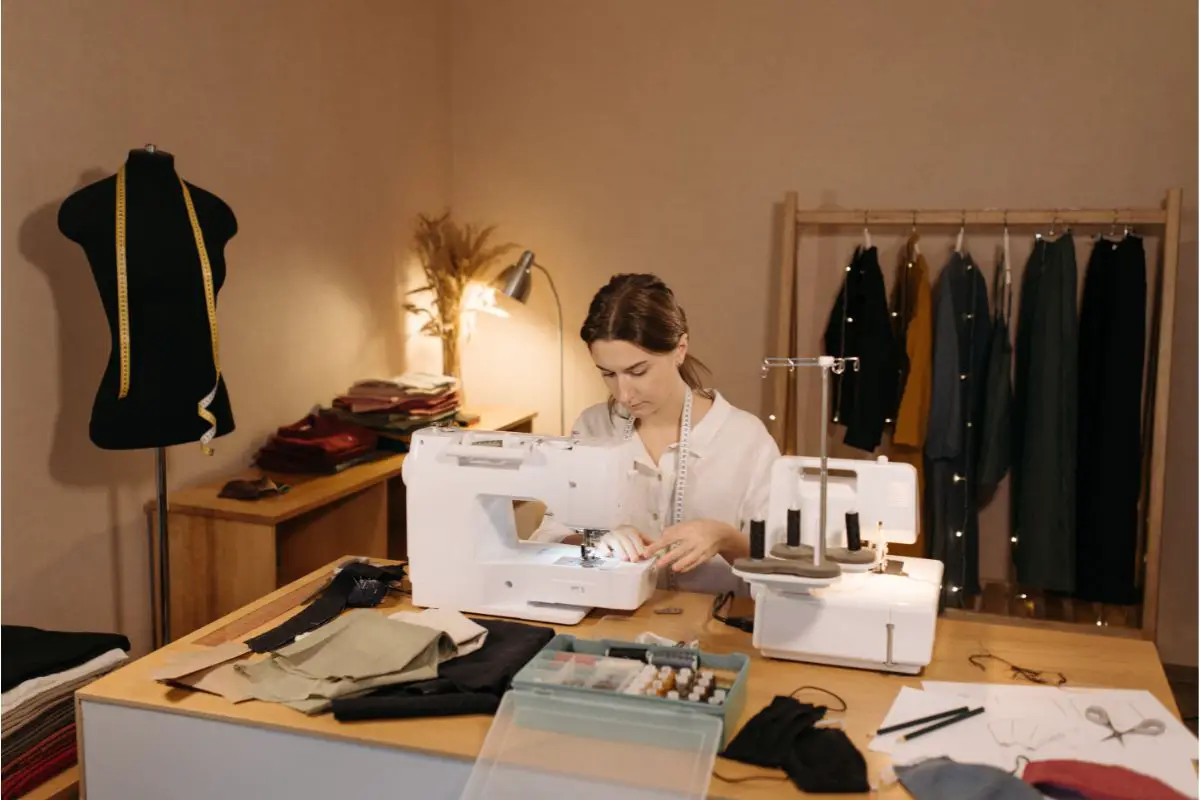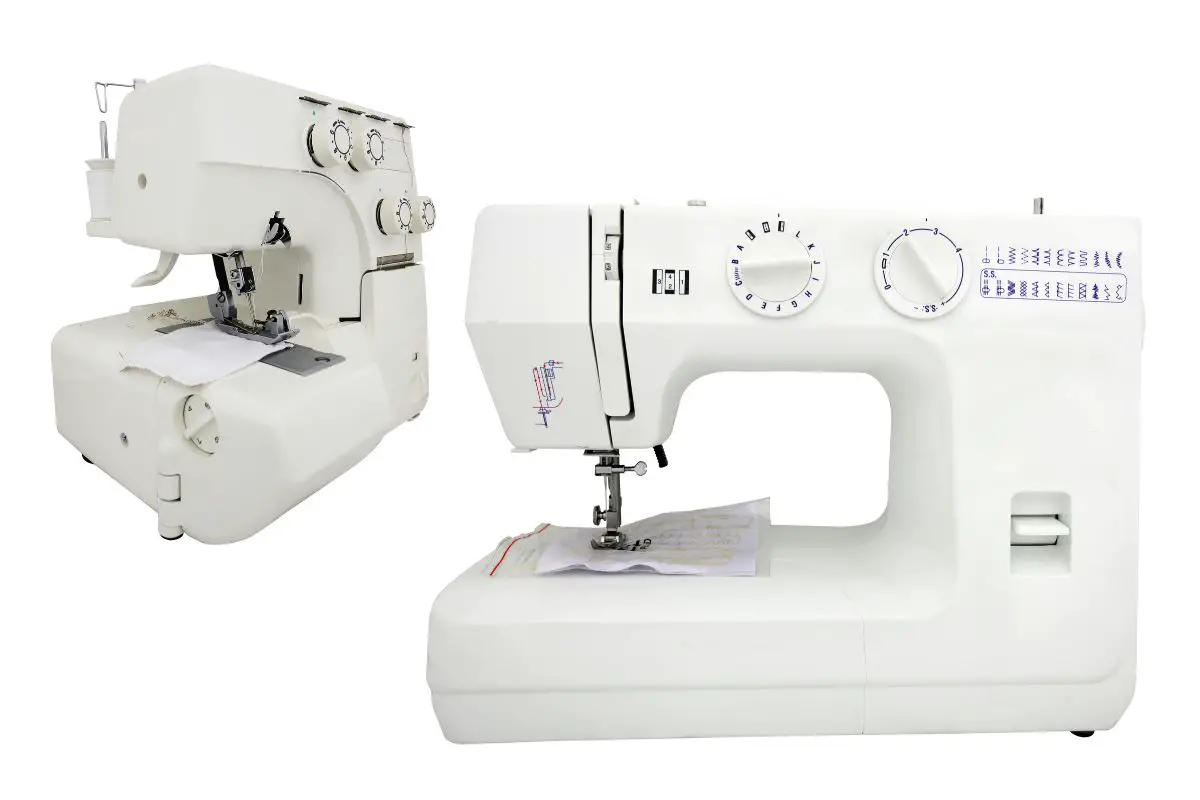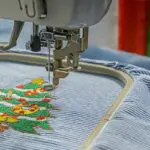A walking foot sewing machine is a special type of sewing machine that has the ability to move the fabric along in a uniform manner while stitching, making it a great option for sewers with an interest in quilting, working with heavy fabrics, and other projects that require precise stitches.
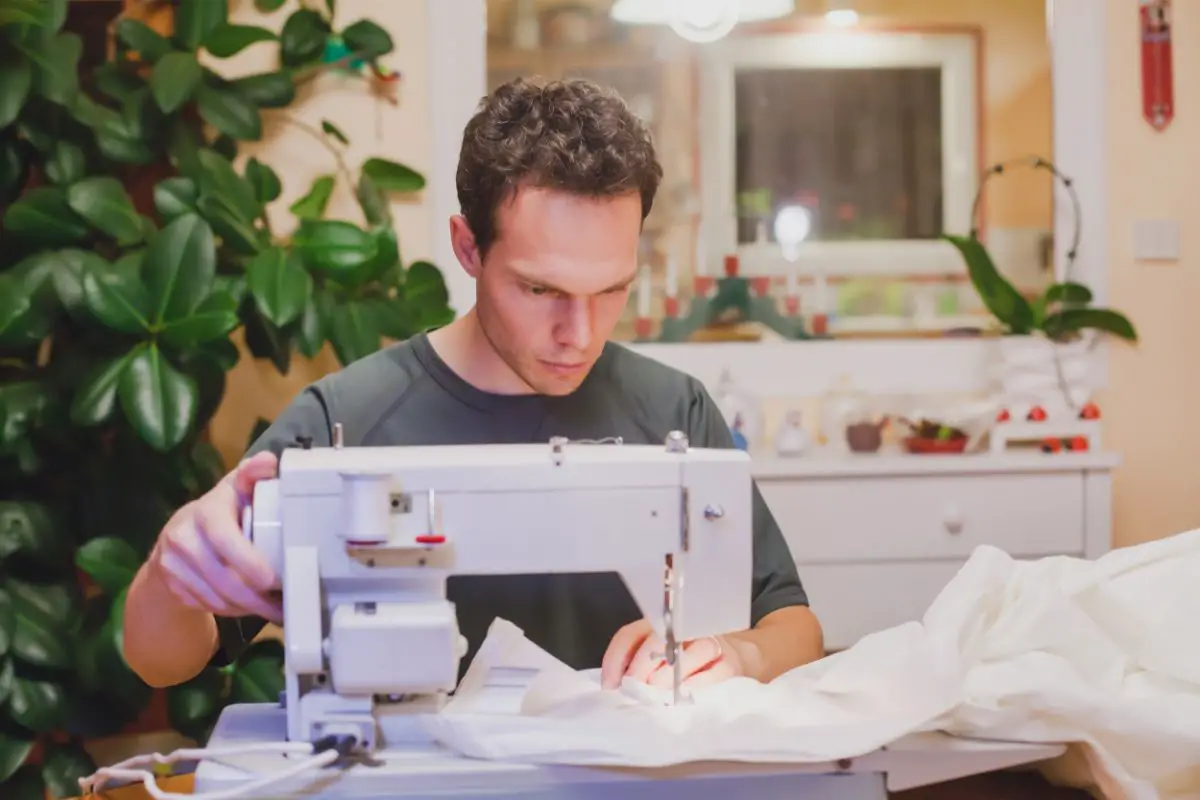
With its added capabilities, a walking foot sewing machine can make your sewing projects much easier and more efficient – and we have put together a comprehensive guide to help you understand how it works and why you should consider investing in one.
So, just what do we mean by a walking foot sewing machine? In the simplest terms, a walking foot sewing machine, also known as an even-feed foot, is an attachment designed to improve fabric feeding during sewing.
Unlike the regular presser foot that only applies pressure from above, the walking foot incorporates an additional set of feed dogs on its underside – feed dogs are the metal teeth that grip and move the fabric – which work in tandem with the presser foot to move the fabric along.
This helps to keep your layers of fabric even while sewing, reducing shifting and puckering on quilts, leather, faux fur, and other materials that are prone to movement.
What Are The Benefits Of A Walking Foot Sewing Machine?
Now that we have taken a closer look at just what a walking foot sewing machine is, let’s explore some of the benefits that it can bring to your projects:
Improved Fabric Feeding
One of the main benefits of a walking foot sewing machine is improved fabric feeding.
The even-feed foot helps keep the layers of fabric even while stitching, preventing puckering and shifting that can be caused by uneven feed, and ensuring that your results are neat and even.
Better Control
A walking foot sewing machine also provides you with more control while sewing. This is especially helpful when working with thicker fabrics that can be difficult to manage without the added stability of the even-feed foot.
Less Friction
The multiple sets of feed dogs on a walking foot sewing machine also help to reduce friction and drag, making it easier to move your fabric through the sewing process.
This is especially helpful when working with heavier materials like leather and faux fur, where friction can cause problems with stitch quality and accuracy.
Increased Speed
Finally, a walking foot sewing machine can help to increase the speed and efficiency of your projects.
With improved fabric feeding and less friction, you can sew more quickly and with fewer interruptions, allowing you to get through more projects in less time.
Top Tips For Effortless Sewing
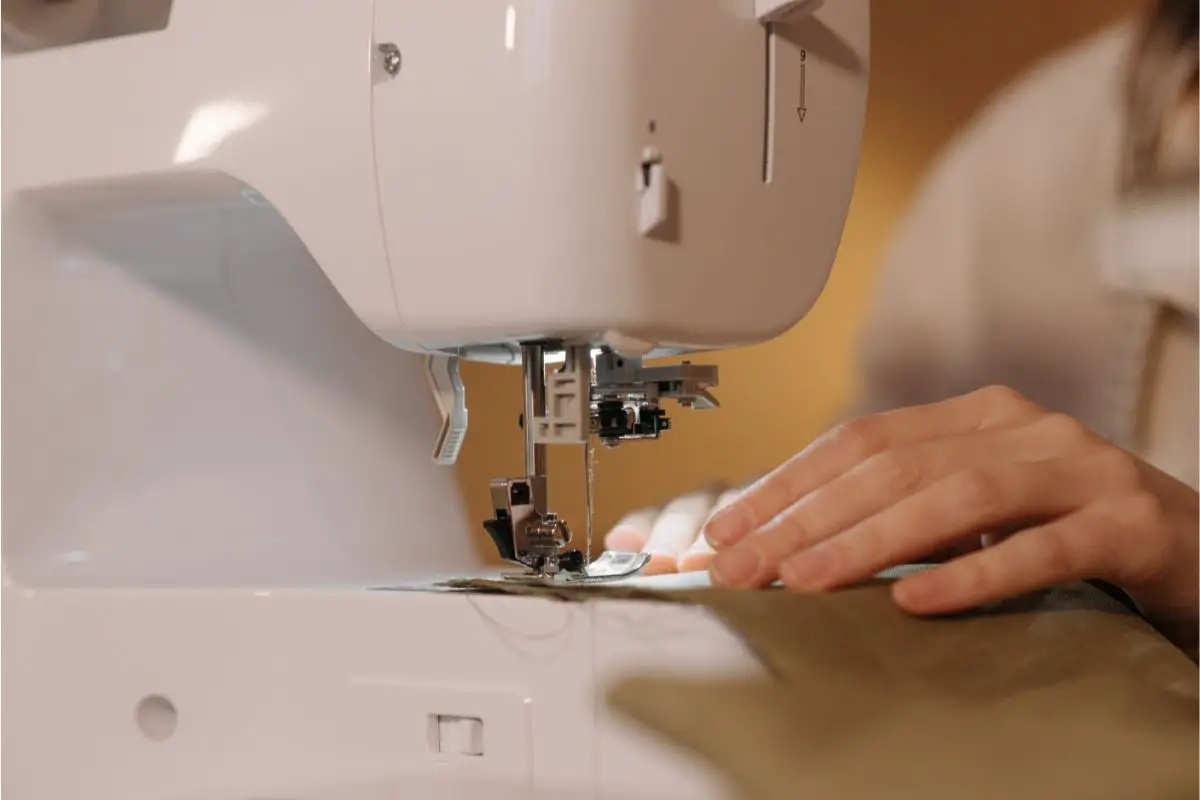
Now that we have considered some of the main uses and benefits of a walking foot sewing machine, it is time to consider how you can ensure your projects are the best they can be – and we have some top tips to help you achieve this.
Choose The Right Walking Foot
It might sound obvious, but it is important to choose the right walking foot for your project.
Different models of walking foot sewing machines have different features, so make sure you select one that is appropriate for the fabrics and materials that you will be working with.
Install The Walking Foot Correctly
It is also important to make sure that you install the walking foot correctly. Generally, it involves removing the regular presser foot, attaching the walking foot, and aligning the foot’s fork around the needle clamp screw.
Tighten the screw firmly to secure the foot in place.
Most modern machines will have either a snap-on or screw-in design, so make sure you read the instructions provided by your machine’s manufacturer to ensure that it is installed properly.
Select The Best Stitches And Thread
When using this type of machine, opt for longer stitch lengths (around 3 mm to 4 mm) to ensure the walking foot feeds the fabric smoothly.
Pair it with a high-quality thread suitable for your fabric type to minimize the chances of thread breakage or tension issues.
Practice On Scrap Fabric
It is always a good idea to do a test run before starting on your project. This will help you get used to how the walking foot works and ensure that your stitches are even and that there is no puckering or shifting.
Before diving into your main project, practice using the walking foot on scrap fabric, get comfortable with using the foot, and adjusting stitch length, tension, and other elements as required.
Start With Thin Or Layered Fabrics
If you’re new to using a walking foot, begin with thinner fabrics or projects involving multiple layers.
This allows you to gain confidence in handling the foot and understand its impact on fabric feeding, and will also give you a better understanding of how to use it for thicker fabrics if and when the time comes.
Take It Slow
Sewing with a walking foot may require a slower stitching pace compared to regular sewing.
Allow the foot to guide the fabric through the machine, and take care to maintain a steady but moderate speed to ensure smooth and even stitches – this may be tricky if you are used to sewing quickly, but once you get the hang of it, using a walking foot will become an invaluable part of your sewing arsenal.
Final Thoughts
A walking foot sewing machine can be a great tool for tackling a wide range of sewing projects. It helps to reduce friction, increase speed, and produce even stitches – all of which are critical for successful sewing.
With the right tips and practice, you can become an expert at using your walking foot, and use this to get through projects more quickly and efficiently than ever before.
- How To Sew Fabrics Together - June 5, 2023
- How Many Stitches Per Inch? - June 5, 2023
- How Long Does It Take To Sew A Dress? - June 5, 2023
